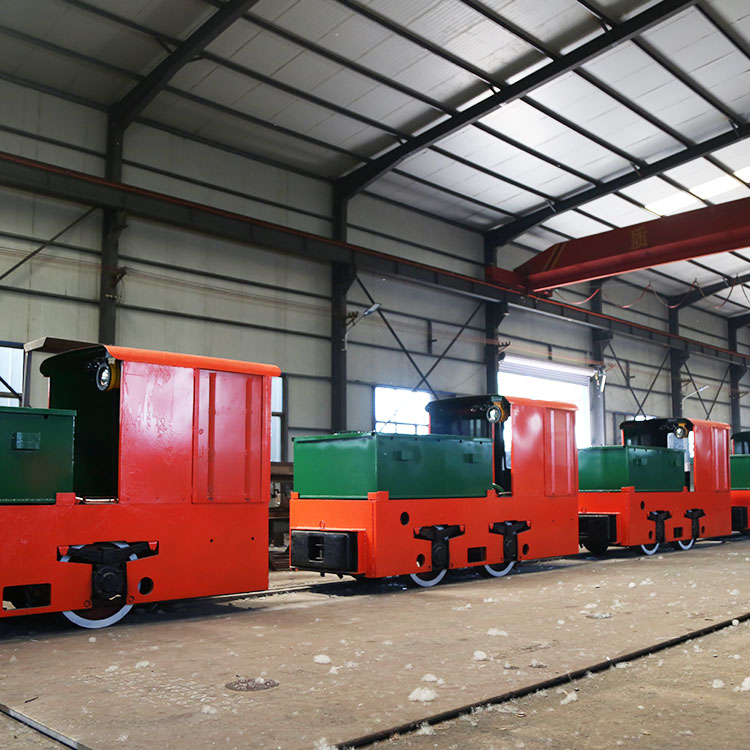Advantages of Diesel-Electric Locomotives
Date:2023-08-18 Label:
Diesel Locomotive
Electric Locomotive
Locomotive
Sure! A Diesel-electric locomotive is a type of railway locomotive that is powered by a diesel engine, which drives an electric generator to produce electricity. This electricity, in turn, powers electric traction motors connected to the wheels, propelling the locomotive forward. Diesel-electric locomotives are widely used in modern railways due to their efficiency, versatility, and ease of maintenance.
Here's how a Diesel-electric locomotives works:
-
Diesel Engine: The locomotive is equipped with a powerful diesel engine, which burns diesel fuel to produce mechanical energy.
-
Electric Generator: The mechanical energy generated by the diesel engine is used to turn an electric generator. The generator converts this mechanical energy into electrical energy.
-
Traction Motors: The electricity generated by the generator is then sent to electric traction motors mounted on the locomotive's axles. These motors provide the necessary torque to move the locomotive's wheels.
-
Wheel Movement: As the electric motors drive the wheels, the locomotive gains traction and moves along the tracks.
Advantages of Diesel-Electric Locomotives:
-
Versatility: Diesel-electric locomotives are versatile and can operate on various types of tracks and terrains, making them suitable for both passenger and freight services.
-
Fuel Efficiency: Diesel engines are more fuel-efficient than steam locomotives, which were once the dominant type of locomotive. This fuel efficiency leads to lower operating costs.
-
Lower Emissions: While diesel-electric locomotives produce emissions from burning diesel fuel, they are generally more environmentally friendly than older steam locomotives. Modern diesel-electric locomotives are designed to comply with emission regulations, and there are ongoing efforts to improve their environmental impact.
-
Greater Power: Diesel-electric locomotives offer high horsepower and can generate substantial tractive effort, enabling them to haul heavy loads over long distances.
-
Maintenance: They generally require less maintenance compared to steam locomotives, which had complex mechanical components.
Diesel-electric locomotives have been in use since the early 20th century, and they continue to play a vital role in rail transportation systems worldwide. However, in recent years, there has been a growing interest in developing and implementing more environmentally friendly alternatives, such as electric locomotives powered by renewable energy sources or battery-electric locomotives. These advancements aim to reduce greenhouse gas emissions and promote sustainable transportation options for the future.
